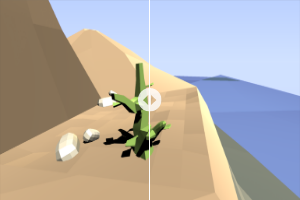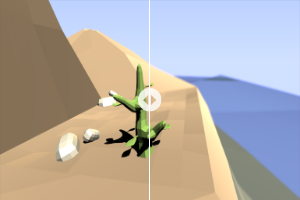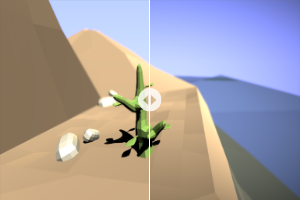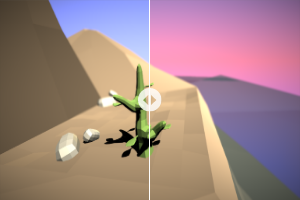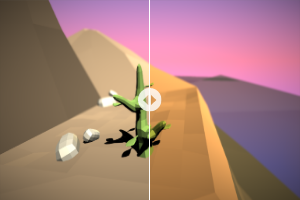
Aug 12, 2020
The Sapling - Wessel
The first big update for evolution simulation game The Sapling will release September 10th, and will extend the indie sim with major new functionality.
Solo dev Wessel Stoop made good use of the current quarantine situation and spent 3 months to completely rewrite and optimize the underlying engine, making scenarios that are 100 times larger a possibility. It took a lot of blood, sweat and tears (okay, only sweat), and resisting the urge to not implement pandemic functionality instead, but when Stoop found himself accidentally playing and enjoying the game again instead of bugfixing, he knew something was right. The larger terrain is what made the rest of the features possible; mixing genes does not really make sense in ecosystems so small that they are fighting for space to grow.
More details on the flower update will be revealed gradually over the coming weeks on https://thesaplinggame.com/flower:
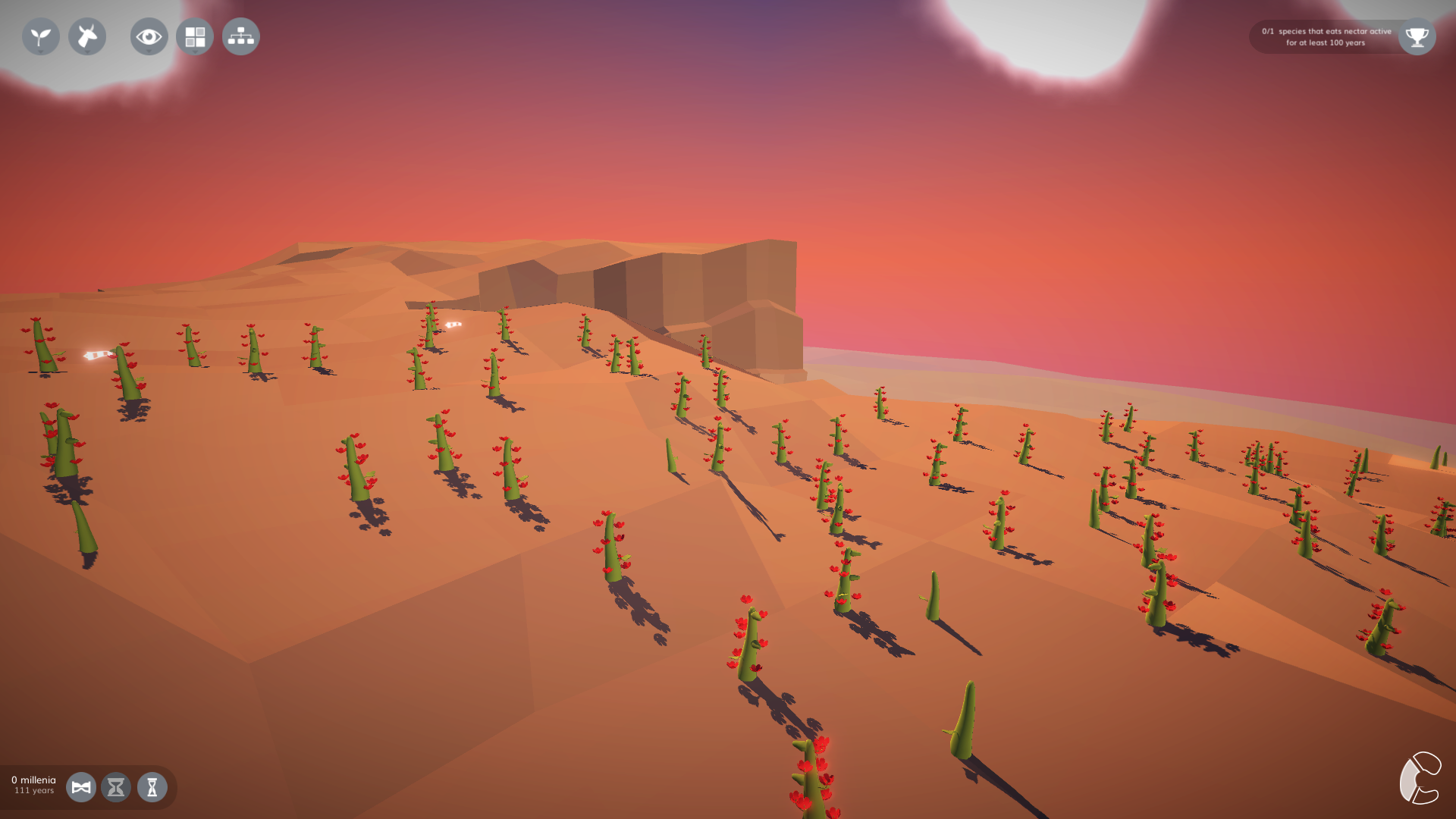
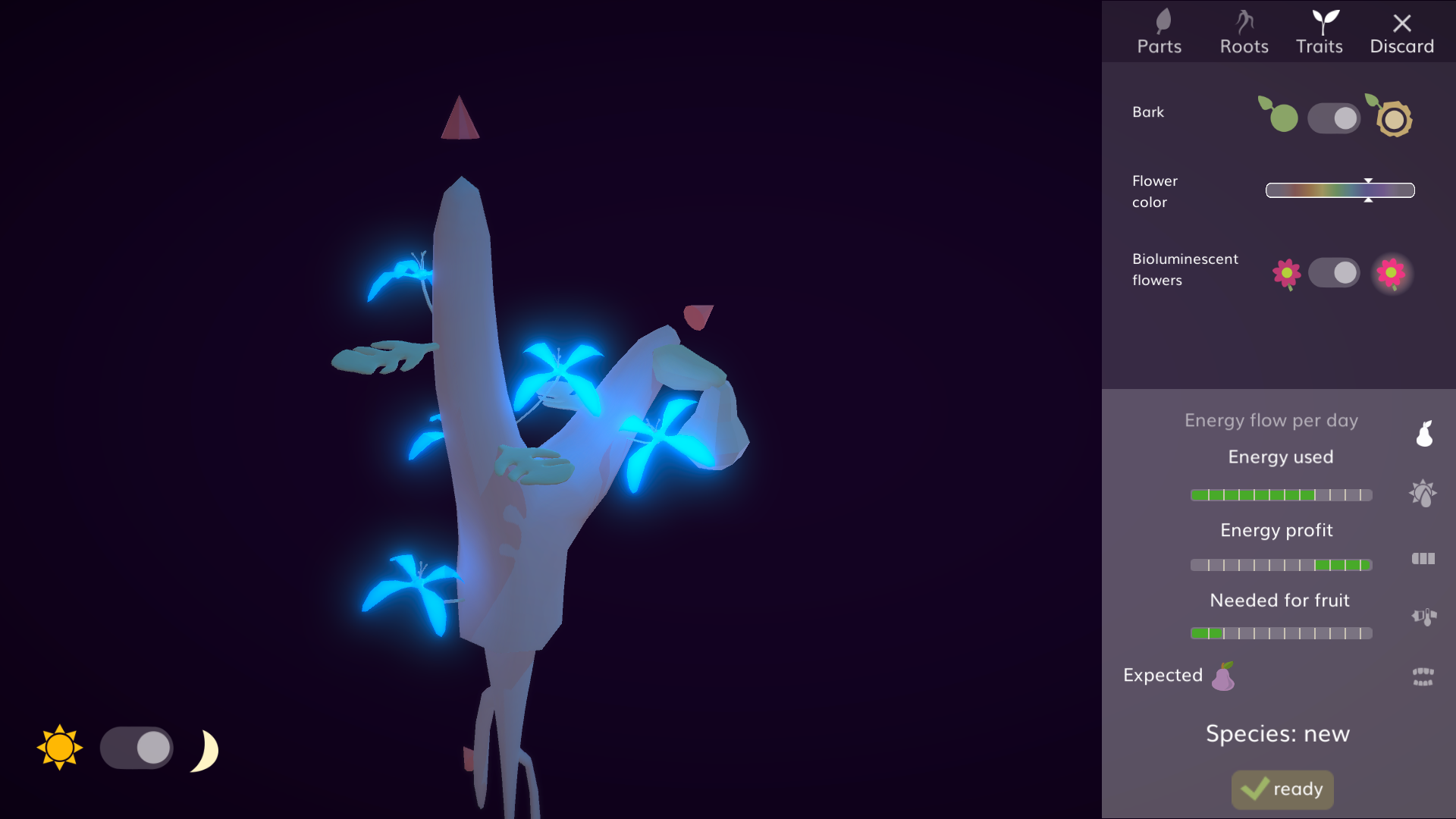
Useful links (that is, useful to me, but you might also like them):
- Pollination & flowers, allowing the plants you designed to mix their genes. One way to spread pollen is by attracting animals with colorful flowers.
- A new sandbox level, completely redone and 100x larger! Besides random mutations and timejumps, it now also allows you to change the overall temperature and see what that means for evolution.
- A new scenario, teaching you how to set up an ecosystem with flowers.
- Extensions to the procedural music system. It now adds rhythm in if you speed up time, making it even more responsive to your actions.
- Bioluminescence. We all know that bioluminescence is cool (https://tvtropes.org/pmwiki/pmwiki.php/Main/BioluminescenceIsCool), so you can now add it to your plants and animals as well, to attract other creatures.
Solo dev Wessel Stoop made good use of the current quarantine situation and spent 3 months to completely rewrite and optimize the underlying engine, making scenarios that are 100 times larger a possibility. It took a lot of blood, sweat and tears (okay, only sweat), and resisting the urge to not implement pandemic functionality instead, but when Stoop found himself accidentally playing and enjoying the game again instead of bugfixing, he knew something was right. The larger terrain is what made the rest of the features possible; mixing genes does not really make sense in ecosystems so small that they are fighting for space to grow.
More details on the flower update will be revealed gradually over the coming weeks on https://thesaplinggame.com/flower:
- August 17: more details on the pollination & flower mechanics
- August 20: more details on the new sandbox
- August 24: more details on how bioluminescence works
- August 27: more details on the UI overhaul that is also part of this update
- September 3-10: Twitch livestream where viewers can vote for the temperature to go up or down... will the ecosystem be able to adapt in time?


Useful links (that is, useful to me, but you might also like them):
- Twitter: https://twitter.com/thesaplinggame
- Press kit: https://thesaplinggame.com/press/sheet.html
- Subscribe to the newsletter: https://thesaplinggame.com/newsletter
- Website: https://thesaplinggame.com/
- First look video: https://www.youtube.com/watch?v=-tFe4_-7cFA





